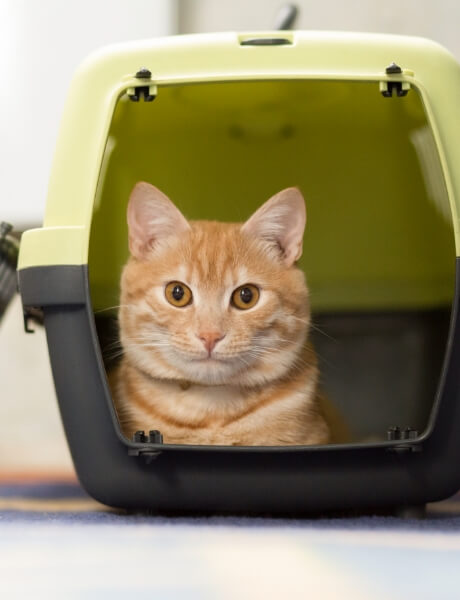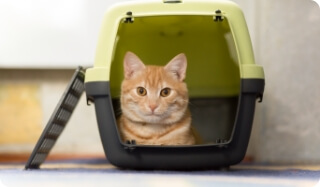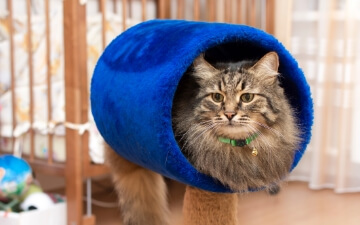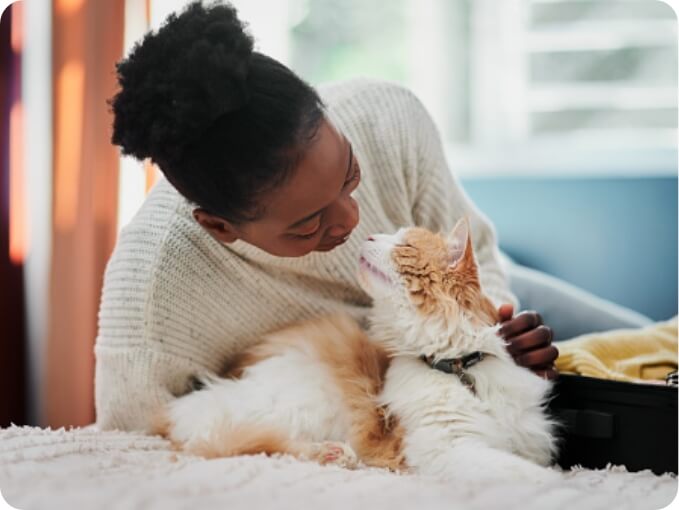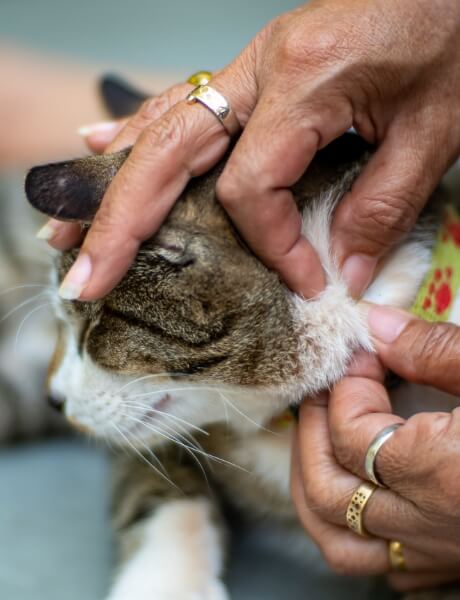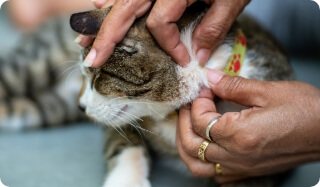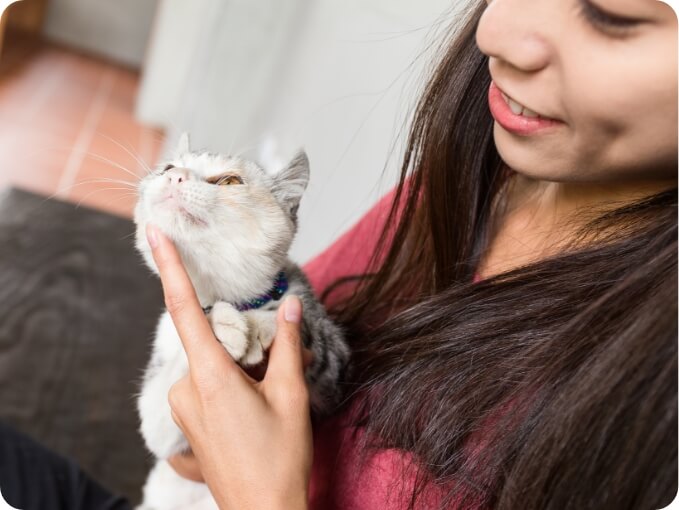3. Other Places Cats Visit
Your indoor cat may never venture into the yard, but trips away from the home are still necessary. Common places your cat may visit include the vet’s office, a boarding facility, or maybe even the pet groomer.
To protect indoor cats against fleas while away from the house, ensure that each place you visit with your cat follows proper cleaning protocols. Don’t be afraid to ask about the business’s cleaning practices or other measures they take to prevent the spreading of fleas.
Of course, the best way to reduce the chances of a flea infestation on your cat is to treat your cat with monthly flea and tick protection.
